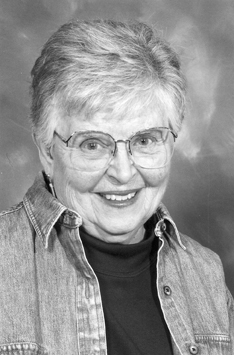Native Writes: Mosca Pass or Robidoux Pass? Part 1

Some historians have suggested that Mosca Pass’s Spanish name honors an explorer in Texas, Luis de Moscoso Alvarado of the 1500s. I personally doubt that Moscoso ever came near our Mosca Pass but it is a tribute to its pestiferous insects, mosquitoes.
What we also know is that it once honored Antoine Robidoux. So, who was he? The briefest answer is that he was a well-known figure in this region during the era of the fur trade, the period in the San Luis Valley’s history that coincides with the North Branch of the Old Spanish Trail.
Previous to the time usually ascribed to the fur trade in this region, Native Americans and Spanish-speaking settlers customarily had trapped animals for warm clothing and bedding, but Spanish laws had prohibited trading with intruders such as French-Canadian or American traders and trappers. After the Republic of Mexico declared its independence from Spain in 1821, however, the doors opened, and opportunities blossomed. Among them were the Robidoux brothers, particularly Antoine in this story. Like others with French Canadian ancestry, the Robidoux family had been traders in Canada who moved to St. Louis in the 1700s. In fact, our Antoine Robidoux was born in St. Louis in 1794. He had a slew of brothers, several of whom also moved farther west, although some remained in Missouri. Antoine arrived in New Mexico in 1824.
He lived at least part-time in Taos, where he had a long-ago family link with the Leblancs in Canada. Some other French names around this plaza were Leroux, Ledoux, or LeDuc, and Charles Beaubien, who opted to become Carlos and later a land grant owner in the San Luis Valley. There also were American frontiersmen like Kit Carson and traders like the Bent brothers. Antoine considered himself to be an American, not Canadian or Spanish, although he married the adopted daughter of New Mexico’s governor, Manuel Armijo, and thus gained Mexican citizenship.
Traders journeyed back and forth on the Santa Fe Trail and its Mountain Branch. This branch came up the Arkansas River, where many stopped at famed Bent’s Fort near today’s La Junta, then angled southward and down the east side of the Front Range. This route will explain the link with the name of Antoine Robidoux on Robidoux (Mosca), but first let’s continue with his story.
Most trappers left the comforts and pleasures of their Mexican adobe homes during the wintry months, the season when the quality of beavers’ fur was improving and the trappers spread out into the mountains — southwest, west, north through the San Luis Valley, and much farther northwest.
By 1828 Antoine started a trading post close to the trappers’ activities and also to Ute Indians who would bring in furs and trade for goods. It was located near the confluence of the Gunnison and Uncompahgre Rivers at today’s Delta, Colorado.
Antoine’s post consisted of a fortress of picket logs about 100 feet square with a couple of crude, dirt-floored cabins and a vegetable garden inside the outer walls. This site, called Fort Robidoux or more often Fort Uncompahgre, seemed to be run by a contractor or someone whom Antoine hired. It was a lively hive that eventually was reduced to ashes by Ute Indians, as we shall learn later.
The Uncompahgre area still bears the name “Robideau” on a creek and a trail. His name is widespread elsewhere in the West with a variety of phonetic spellings, but “Robidoux” is the most accepted one.
To be continued.



